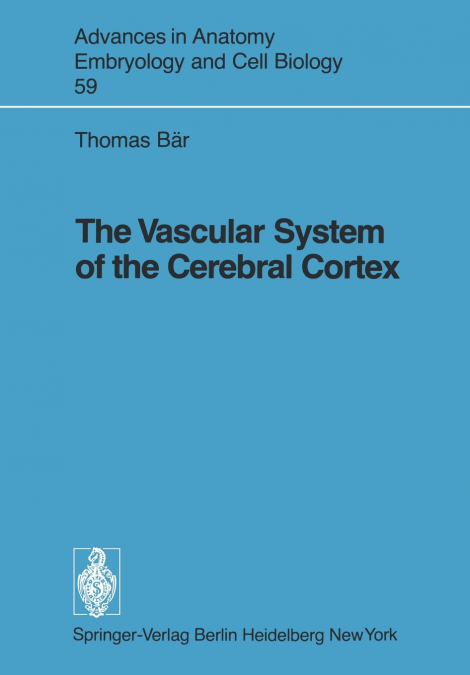
Thomas Bär
A vascular system consists of a supplying arterial and a draining venous part which are connected by a terminal vascular network. The arterial segment can be characterized according to the structural features of the vessel wall. However, it is sometimes diffi cult to distinguish the capillary from the postcapillary vessels on the basis of structural features alone. On the other hand, physiologic qualities such as permeability can hard ly be associated with an equivalent histologic pattern of the vessel wall (lllig 1961; Rhodin 1967, 1968; Hauck 1971; Westergaard 1974). A defmition of a vascular seg ment based on biologic significance should combine morphological and functional qualities of the vessel walls. During the ontogeny of the mammalian organism a variety of vascular patterns (e. g. , distribution of arteries and veins, arrangement of the capillaries) has been formed typical of each organ (Wolff et al. 1975; Baez 1977). The capillaries connect the feed ing arterioles and the collecting venules in two different ways according to the branch ing pattern of the terminal vessels (Hauck 1975, Wolff et al. , 1975). The arterioles and venules are directly connected by capillary segments. Consequently a terminal vessel called arteriovenous (a-v) capillary results, or a closely meshed capillary network is de veloped which connects arterioles and venules by a variable number of small capillary branches arranged parallel to the preexisting a-v capillary.